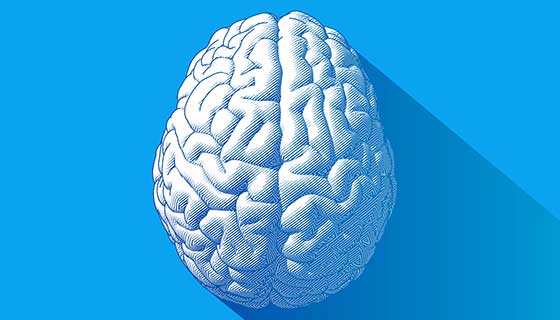By the top of this section, you may be ready to: *Explain the brain functions concerned in memory *Recognize the roles of the hippocampus, a...
By the top of this section, you may be ready to:
*Explain the brain functions concerned in memory
*Recognize the roles of the hippocampus, amygdala, and neural structure
The hippocampus, amygdala, and neural structure are recollections held on in only one a part of the brain, or square measure they hold on in many alternative components of the brain?
Karl Lashley began exploring this drawback, regarding a hundred years agone, by creating lesions within the brains of animals like rats and monkeys. He was finding out proof of the engram: the cluster of neurons that function the “physical illustration of memory” (Josselyn, 2010).
First, Lashley (1950) trained rats to search out their manner through a maze. Then, he used the tools out there at the time—in this case a bonding iron—to produce lesions within the rats’ brains, specifically within the cortex. He did this as a result of he was attempting to erase the memory trace, or the first engram that the rats had of the maze.
Lashley failed to notice proof of the memory trace, and therefore the rats were still able to notice their manner through the maze, despite the scale or location of the lesion. supported his creation of lesions and therefore the animals’ reaction, he developed the equipotentiality hypothesis: if a part of one space of the brain concerned in memory is broken, another a part of identical space will take over that memory perform (Lashley, 1950). though Lashley’s early work failed to ensure the existence of the memory trace, fashionable psychologists square measure creating progress locating it. Eric Kandel, as an example, spent decades performing on the junction, the fundamental structure of the brain, and its role in dominant the flow of data through neural circuits required to store recollections (Mayford, Siegelbaum, & Kandel, 2012).
Many scientists believe that the complete brain is involved in memory. However, since Lashley’s analysis, alternative scientists are able to look additional closely at the brain and memory. they need to argue that memory is found in specific components of the brain, and specific neurons will be recognized for his or her involvement in forming recollections. most components of the brain involved memory square measure the basal ganglion, the hippocampus, the neural structure, and therefore the anterior cortex.
The basal ganglion is concerned in worry and worry recollections. The hippocampus is related to declarative and LTM likewise as recognition memory. The neural structure plays a task in process procedural recollections, like a way to play the piano. The anterior cortex seems to be concerned in basic cognitive process linguistics tasks.
The Basal Ganglion
First, let’s check out the role of the basal ganglion in memory formation. the most job of the basal ganglion is to control emotions, like worry and aggression ([link]). The basal ganglion plays {a part|a neighborhood|an square measurea|a district|a region|a locality|a vicinity|a section} in however recollections are hold on as a result of storage is influenced by stress hormones. as an example, one research worker experimented with rats and therefore the worry response (Josselyn, 2010). mistreatment Pavlovian learning, a neutral tone was paired with a foot shock to the rats. This made a worry memory within the rats. once being conditioned, on every occasion they detected the tone, they might freeze (a defense response in rats), indicating memory for the upcoming shock. Then the researchers induced necrobiosis in neurons within the lateral basal ganglion, that is that the specific space of the brain answerable for worry recollections. They found the worry memory light (became extinct). attributable to its role in process emotional data, the basal ganglion is additionally concerned in memory consolidation: the method of transferring new learning into LTM. The basal ganglion appears to facilitate encryption recollections at a deeper level once the event is showing emotion arousing.
Link to Learning
In this Ted speak referred to as “A Mouse. A ray. A Manipulated Memory,” Steve Ramirez and Xu Liu from MIT bring up mistreatment optical maser beams to govern worry memory in rats. determine why their work caused a media hysteria once it absolutely was printed in Science.
THE HIPPOCAMPUS
Another cluster of researchers additionally experimented with rats to be told however the hippocampus functions in-memory process ([link]). They created lesions within the hippocampi of the rats and located that the rats had incontestible memory impairment on varied tasks, like visual perception and maze running. They all over that the hippocampus is concerned in memory, specifically traditional recognition memory likewise as spacial memory (when the memory tasks square measure like recall tests) (Clark, Zola, & Squire, 2000). Another job of the hippocampus is to project data to animal tissue regions that provide recollections which means and connect them with alternative connected recollections. It additionally plays a region in memory consolidation: the method of transferring new learning into LTM.


No comments
What are your thoughts?